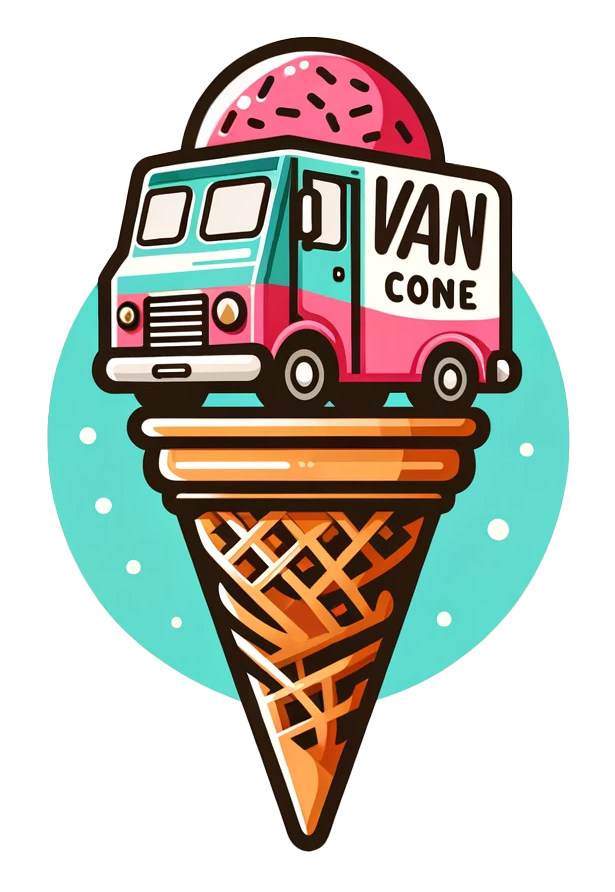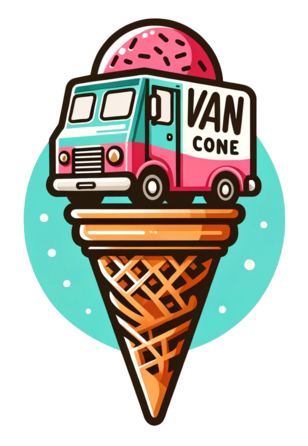Routing and Navigation Guide
Routing
After creating your application using the createCone function you have access to the route function which will let you define a route.
const layout = div({ id: 'layout' })
const { route } = createCone({routerElement: layout})
const homePage = div('Home Page')
route('home', '/', homePage)
Above we map the element defined by homePage to the url / which a route name of home. We'll learn how to navigate to the url using the link component shortly.
url parameters
We also have the ability to define url parameters with a colon:
const homePage = () => div('Home Page')
const userPage = (params) => div('User Page', p('userId: ' + params.userId))
route('home', '/', homePage)
route('user', '/user/:userId', userPage)
Above we have defined the home page component and the user page component. The user page component takes advantage of the the userId params defined in the route using a colon through the params object passed to the component function.
wild card (not found) route
Use .* to create a wild card route.
route('notFound', '.*', notFound, {title: 'VanJS Example | Not Found'})
Importing components
Components can also be imported asyncronously:
// using the default export
route('page-a', '/page-a', async () => (await import('./pages')))
// using a named export
route('page-b', '/page-b', async () => (await import('./pages')).pageB)
Advanced routing
route('home', '/', homePage, {title: 'Van Cone | Home'})
route('user', '/user/:userId', userPage, {title: 'Van Cone | Data', backend: 'api/user/:userId'})
Above we use the options object to pass an optional title param which will become the title of the page when navigating to this route. We also defined a backend route, so that we can use backendUrl to generate a url with userId because we fetch out data from a different endpoint that our frontend url.
Additionally, Van Cone will also provide query string parameters automatically. Components can be elements, strings, or functions, see the component guide for details.
Navigation
component navigation
The createCone function also gives us the link component which returns an a element enabling us to navigate to our defined routes.
link({name: 'home'}, 'Home'),
This returns an a element with the url defined by the route named home, the innerHTML of the element is Home.
We can also provide URL params. If we have a route defined like this:
route('user', '/user/:userId', userPage)
We can fill in the userId param like this:
link({name: 'user', params: {userId: 123}}, 'User')
Which will navigate us to this url: /user/123
The link components returns an a tag and usable inside typical VanJS code like this:
const App = () =>
div(
link({name: 'home'}, 'Home'),
span(' | '),
link({name: 'user', params: {userId: 123}}, 'User'),
hr(),
routerElement
)
The link component also enables us to set query parameters and pass arbitrary context data to the new route, for example a search page could have a list of users and each link could pass the pre-loaded data from the search to the user route to save the page from re-fetching data.
Additionally the link component is aware of the active routing enabling dynamic styling when the route is active for use in navigation menus.
See the link documentation for more information.
Programmatic navigation
For programmitic navigation we can use the navigate function.
navigate('user', { itemId: 123 })
// "http://localhost:8000/user/123"
If you only want to update the history without changing the DOM state you can use pushHistory.
pushHistory('user', { itemId: 123 })
// "http://localhost:8000/user/123"
URL generation
You can use the navURL function if you only need to generate the string for a url:
navURL('user', { itemId: 123 })
// "http://localhost:8000/user/123"
Or, if you have defined a different backend url for a page you can get the url as a string with the backendUrl function.
backendUrl('user', { itemId: 123 })
// "http://localhost:8000/api/user/123"
Cone App
Remeber that these functions are available after creating the cone app with createCone.
import createCone from 'van-cone'
// ... other logic ...
// create the spa object
const {
link,
route,
navigate,
pushHistory,
navURL,
backendUrl
} = createCone({routerElement: div()})
route('home', '/', homePage)
route('user', '/user/:userId', userPage)
const App = () =>
div(
// use link component
link({name: 'home'}, 'Home'),
span(' | '),
link({name: 'user', params: {userId: 123}}, 'User'),
hr(),
routerElement
)
document.body.replaceChildren(App());
For complex applications you can export the cone object and import these functions in other modules.

